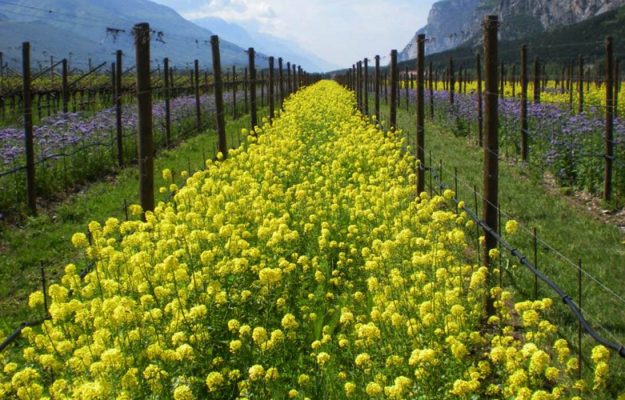While global wine consumption is struggling to grow, there are categories within the sector that perform better than others, starting with bubbles and moving on to organic wines, which have seen their share double in the world from 2013 to today, with important growth prospects at least until 2023, when the production potential of the three key producers - Italy, France, and Spain - will reach two billion bottles. According to the study by Iwsr - International Wine and Spirits Research presented at MillésimeBio, the stage show in Montpellier, organized by SudVinBio, focused on the production and consumption of organic wines in the 5 key markets of France, Italy, Spain, Germany, and the USA, which shows that in 2018 organic wine turnover reached 3.3 billion euros, out of a total wine of 165.8 billion euros.
In future forecasts, there is a slight - but steady - drop in overall wine consumption, which will go from 28.3 billion in 2018 to 28 billion in 2023, with organic wines growing from 729 million bottles in 2018 to 976 million in 2023, with the share going from 2.6% to 3.5%. Narrowing the analysis to the five countries at the center of the study, consumption of organic red wine will reach 316.2 million bottles in 2023 (+48% on 2018), white wine consumption will reach 177.5 million bottles (+35%), rosé wine consumption will reach 72.8 million bottles (+60%) and sparkling wine consumption will reach 69.5 million bottles (+48%). In terms of production, also considering all the vineyards in conversion to meet growing demand, the production potential of Italy will reach 924 million bottles in 2023 (+30%), that of France 613 million bottles (+70%) and that of Spain 599 million bottles (+76%). On the other hand, the trend of organic vineyards is different, with Spain reaching 160,000 hectares in 2023 (+78%), France 115,000 hectares (+76%) and Italy 96,320 hectares (+29%).
Looking at each country, in 2021 France will become the world’s leading consumer of organic wines, surpassing Germany, and maintaining its leadership until 2023, when it will reach 195.4 million bottles (+71% on 2018), ahead of Germany (170 million bottles, +25%), the United States (95 million bottles, +61%), Italy (61.1 million bottles, +26%) and Spain (37.8 million bottles, +125%), while bottles consumed in the rest of the world will be 408 million (+21%). In terms of market share, in 2023 France will account for 20.2% of organic wine consumption in the world, Germany 17.6%, the United States 9.8% and Great Britain 9.3%. Italy, unlike France, is and will be mainly an exporting country: in 2018 the share of organic wine consumed in Italy was just 11.8% and will fall to 9.3% in 2023, with the export share reaching 90.7%. Similar dynamics to those of Spain, where the trend is the opposite: between 2018 and 2023 the share of organic wine remaining on the domestic market will increase from 9% to 11%. In France, on the other hand, the share of organic wine that remains within the borders will rise from 58% to 64%, with the export share that, in 2023, will fall to 36%.
Copyright © 2000/2025
Contatti: info@winenews.it
Seguici anche su Twitter: @WineNewsIt
Seguici anche su Facebook: @winenewsit
Questo articolo è tratto dall'archivio di WineNews - Tutti i diritti riservati - Copyright © 2000/2025









































































































































































































